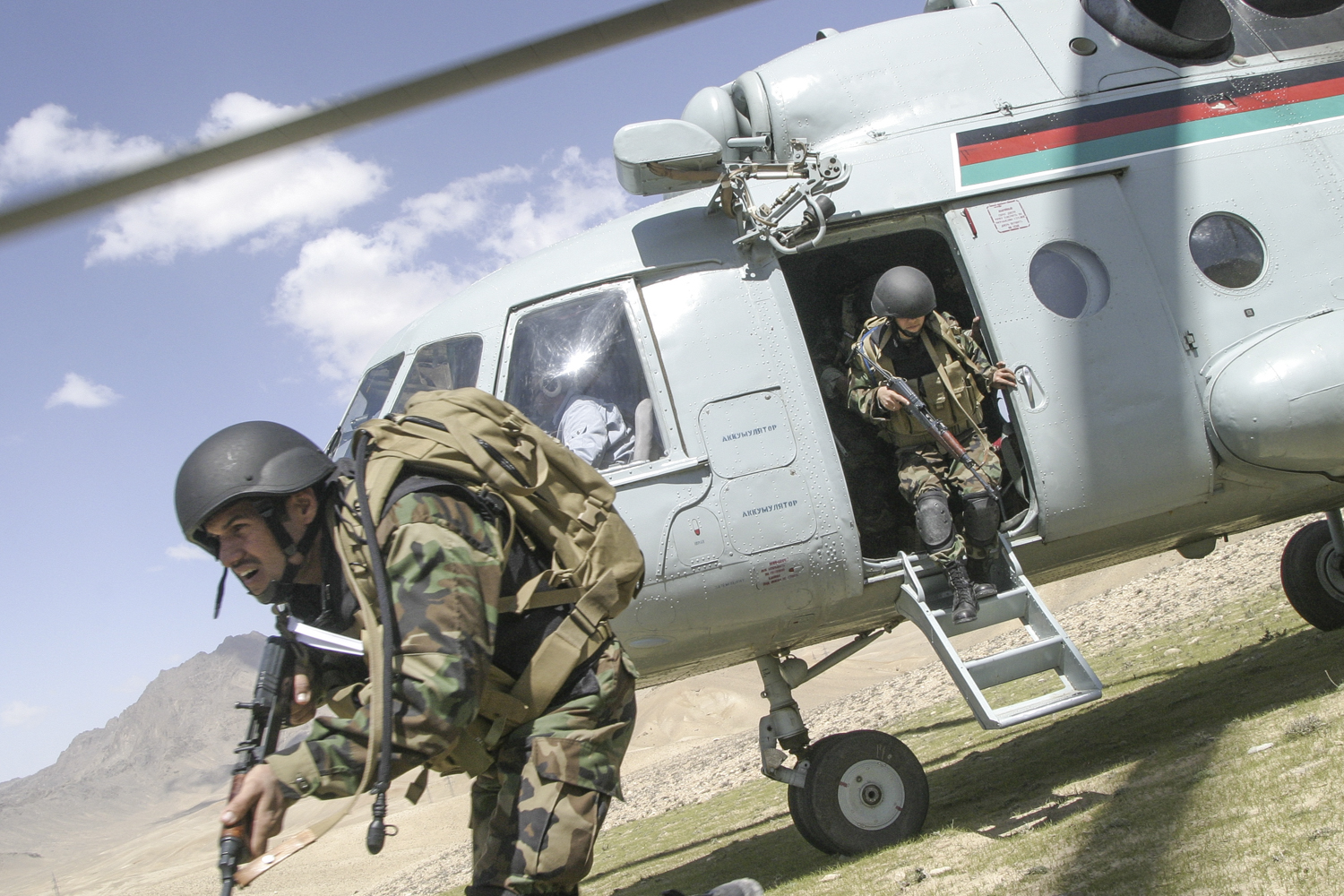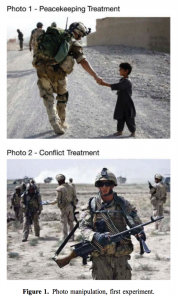
The issue: The media plays a well-documented role shaping public opinion and policy preferences. In a democracy, it is generally important that a government have public support before engaging in a foreign ground war.
Today public support is again an issue in nations that are fighting to destroy the terrorist group known as the Islamic State (ISIS), including Canada. Canada has been involved in a number of recent conflicts, including the U.S.-led war in Afghanistan. At least 158 Canadian soldiers died in Afghanistan, according to government statistics, putting Canada’s per capita losses on par with America’s.
An academic study worth reading: “The Impact of News Photos on Support for Military Action,” in Political Communication, October 2016.
Study summary: Stuart Soroka of the University of Michigan and his colleagues design two experiments to test how different types of war photographs impact Canadians’ support for foreign interventions.
In the first, 767 Canadian adults responded to a question about their support for the Afghanistan war after randomly viewing one of two photos (at left): “The first photo evokes the military as a peacekeeping and development force. The second evokes the military as a war-making force. Importantly, the first photo is not of a non-military actor engaged in peacekeeping. Instead, a soldier is prominent in both photos, allowing us to focus on the effects of different military roles.”
The question was straightforward: “The Canadian military will continue to be involved in Afghanistan for the next several years. Do you support or oppose this?”
Finally, respondents were asked to assess their own “attentiveness to foreign affairs.”
About three years later they carried out a second experiment, which sampled 1,031 Canadian adults. Soroka and his colleagues added new variables, such as a control group that saw no photograph. In this experiment, those who saw photos each saw multiple images from the war against ISIS. Again the photos were of military peacekeeping operations (soldiers seen with no weapons) and of soldiers with weapons. They were then asked about their support for the Afghanistan intervention and the fight against ISIS. As in the first study, respondents were also asked to assess their own “attentiveness to foreign affairs.”
Findings:
- “Peacekeeping photos” (those without weapons) are more likely to be associated with support for intervention. This is higher among those who consider themselves attentive to foreign affairs (rated on a binary scale).
- In the first experiment, viewing the peacekeeping photo increases the chance a respondent moves one category higher on the intervention-support scale (“strongly support,” “somewhat support,” “somewhat oppose,” and “strongly oppose”) by 37 percent. Though the shift is “moderate,” it “is a consequence of a change in the picture alone.”
- In both experiments, those reporting high-attentiveness to foreign affairs are more likely to support intervention after seeing the peacekeeping photo: “Among those with low attentiveness, the peacekeeping frame increases support for intervention, but the change is slight, and statistically indistinguishable from zero. High-attentiveness respondents are, in contrast, more powerfully affected: support for intervention for those in the peacekeeping frame increases by nearly 15 percentage points.”
- Regarding ISIS, respondents who view peacekeeping photos are roughly 10 percentage points more likely to support intervention. “This effect is striking given that the ISIS intervention was barely — if at all — related to peacekeeping concerns.”
Helpful resources:
For more on the experiences of war photographers, see this special feature in The Guardian, where photographers discuss making the photographs that almost got them killed.
Other research:
Earlier studies have shown how the media can impact public attitudes about policy, and that how the media frames policy issues can shape the public’s preferences. Others have shown that a photo illustrating a news story about war can have a slight impact on public support for that war.
Keywords: photojournalism, war photography, public opinion, news, war coverage

